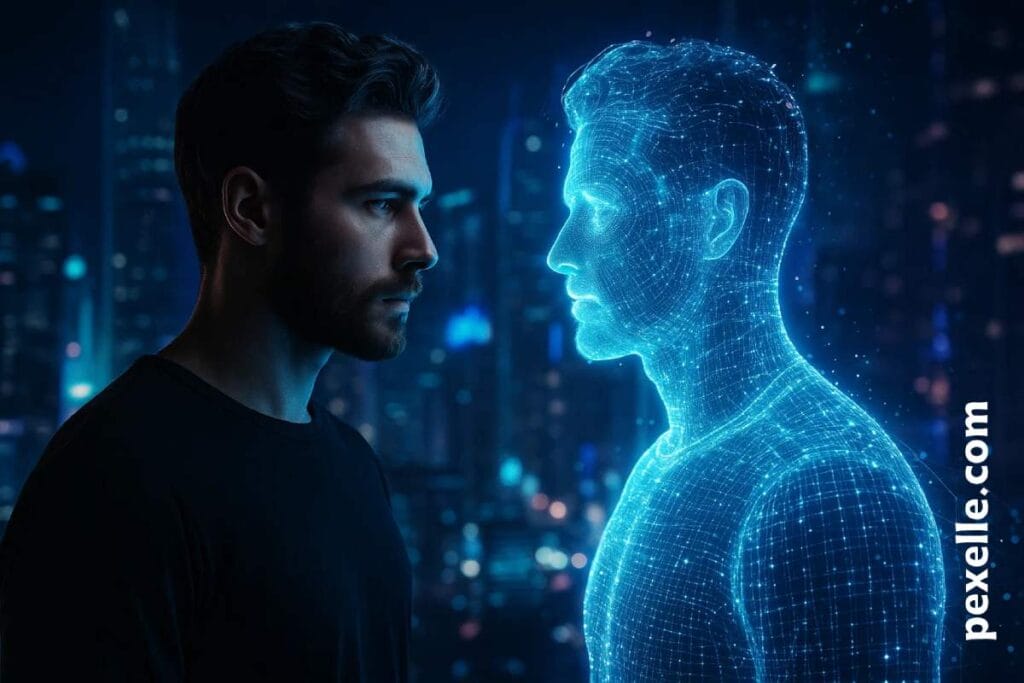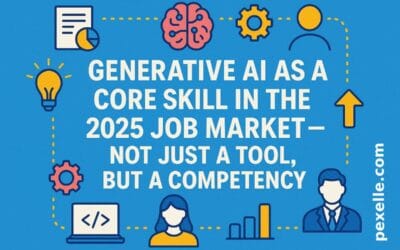Digital Twins of Humans: A Future Where Our Virtual Versions Live

Introduction: What Is a Digital Twin of a Human?
The concept of a digital twin has long been associated with industrial systems, smart cities, and advanced manufacturing. But as artificial intelligence, metaverse technologies, and biometric data analytics evolve, the idea of creating a digital replica of a human is rapidly becoming a reality. A digital twin of a human could combine personal data, behavioral patterns, and real-time inputs to create a virtual version of ourselves that learns, adapts, and even interacts on our behalf.
How Human Digital Twins Work
Human digital twins rely on real-time data integration from wearables, smart devices, and online interactions. AI algorithms analyze health metrics, voice patterns, and behavioral habits to simulate human responses in digital environments. When connected to the metaverse or virtual ecosystems, these twins can experience scenarios, make decisions, or train in simulations without the physical person being present. Essentially, they serve as an extension of our identity, capable of living and evolving digitally.
Potential Applications Across Industries
The possibilities for human digital twins span multiple sectors. In healthcare, they could monitor health indicators, predict medical risks, and test personalized treatment plans before real-world application. Education systems could use digital twins to create tailored learning environments based on individual cognitive patterns. In psychology and mental health, therapists could simulate conversations with a digital twin to understand emotional responses better. Even in business and social interactions, digital twins might attend virtual meetings, analyze negotiations, or enhance productivity while the real person focuses on other priorities.
Ethical and Privacy Challenges
While the benefits seem revolutionary, human digital twins raise serious ethical and privacy concerns. Who owns the data behind a person’s digital twin? Could it be misused by corporations or governments for surveillance or manipulation? Additionally, there is the risk of identity theft or the possibility of a twin acting beyond the user’s control if AI autonomy grows too advanced. Addressing these challenges requires global regulations, data ownership laws, and strict AI transparency protocols to protect individual rights.
The Future of Human Digital Twins
Looking ahead, human digital twins could become central to transhumanism and the idea of merging biological and digital existence. As quantum computing and 5G/6G networks advance, the processing power required to run lifelike digital twins will be easily available. This may lead to a future where our virtual selves work, learn, and even socialize independently—blurring the line between physical and digital reality. It opens up philosophical debates about identity, consciousness, and what it truly means to be human in the digital age.
Conclusion: Preparing for a Dual Reality
The era of human digital twins represents a paradigm shift in how we interact with technology, our health, and society at large. It offers transformative opportunities in medicine, education, and personal productivity but also demands a serious ethical framework to protect humanity’s core values. As technology continues to evolve, the day when our virtual selves live alongside us—making decisions, learning, and growing—may be closer than we think.
Source : Medium.com




